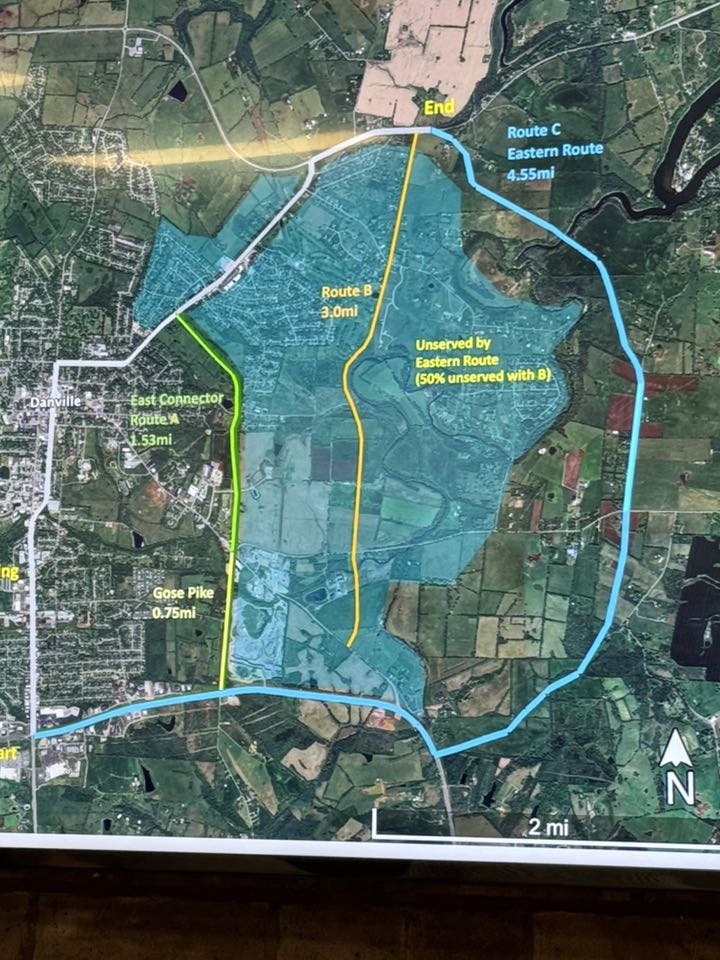Humans and animals communicate, but did you know trees do, too?
Published 7:12 pm Saturday, September 24, 2016
People communicate with one another in many ways every day. We talk with each other, we text each other, we have phone conversations, we read stories, some of us use sign language and there’s a whole world of non-verbal communication.
Science has shown us that animals communicate with each other as well. The complexity of these communications vary depending on species. While it’s thought that dolphins communicate and even give each other names, other animals like ants use pheromones, touch and sound to communicate.
I find all types of communication fascinating, weather they’re from humans or animals, but recently I found out something astonishing: Trees can communicate with one another. I know that sounds crazy — it sounded crazy to me when I first heard it, too.
Trending
I learned this amazing fact while listening to one of my favorite podcasts, “Radiolab.”
Radiolab describes themselves as “a show about curiosity. Where sound illuminates ideas, and the boundaries blur between science, philosophy, and human experience.” Basically, they come up with a question and then they find experts to talk to and find out some answers. It’s a really great show that deals with lots of different topics.
The episode that taught me about tree communication originally aired July 30 and is titled “From Tree to Shining Tree.” In this episode, they talk about an underground network of fungi in the dirt that actually connects trees to one another. The fungus and the trees are actually in a symbiotic relationship. The fungus is a network of tubes that allows it to take up water and nutrients and then it can give it to the tree. The fungus needs sugar, which it can’t make since it can’t photosynthesize or take in carbon dioxide. Instead, it gets sugar from the trees.
The fungus sends signals to the trees and the trees soften their roots so the fungus can tap into their root systems. The fungus does this to lots of different trees and grows in between them, eventually creating vast networks of interconnected trees. Once a network is built, the trees can give sugar to one another via the fungus, so if one tree has extra sugar and another needs some, they share. They can even send signals to one another if there is a threat.
For example, if there is a bug eating the leaves on a tree, that tree can send a chemical signal through the fungus to other trees to let them know. Then those trees can start producing chemicals that taste bad to the bugs so they won’t eat them.
A lot of this research is new and there is still more to learn, but isn’t it exciting to think about a whole communication network for trees underground?
Trending
Next time you are out in the woods on a hike, think about the animal communication that you can hear, like squirrels and bird calls, but also the communications that you can’t hear or see that are right under your feet.
You can listen to the entire Radiolab podcast here: http://bit.ly/2diBmXg.
Amanda’s Plant Fact of the Week
There is a root system of quaking aspen trees in Utah that is estimated to be 80,000 years old. The individual trees are not that old — not even close — but the root system they share underground is.








